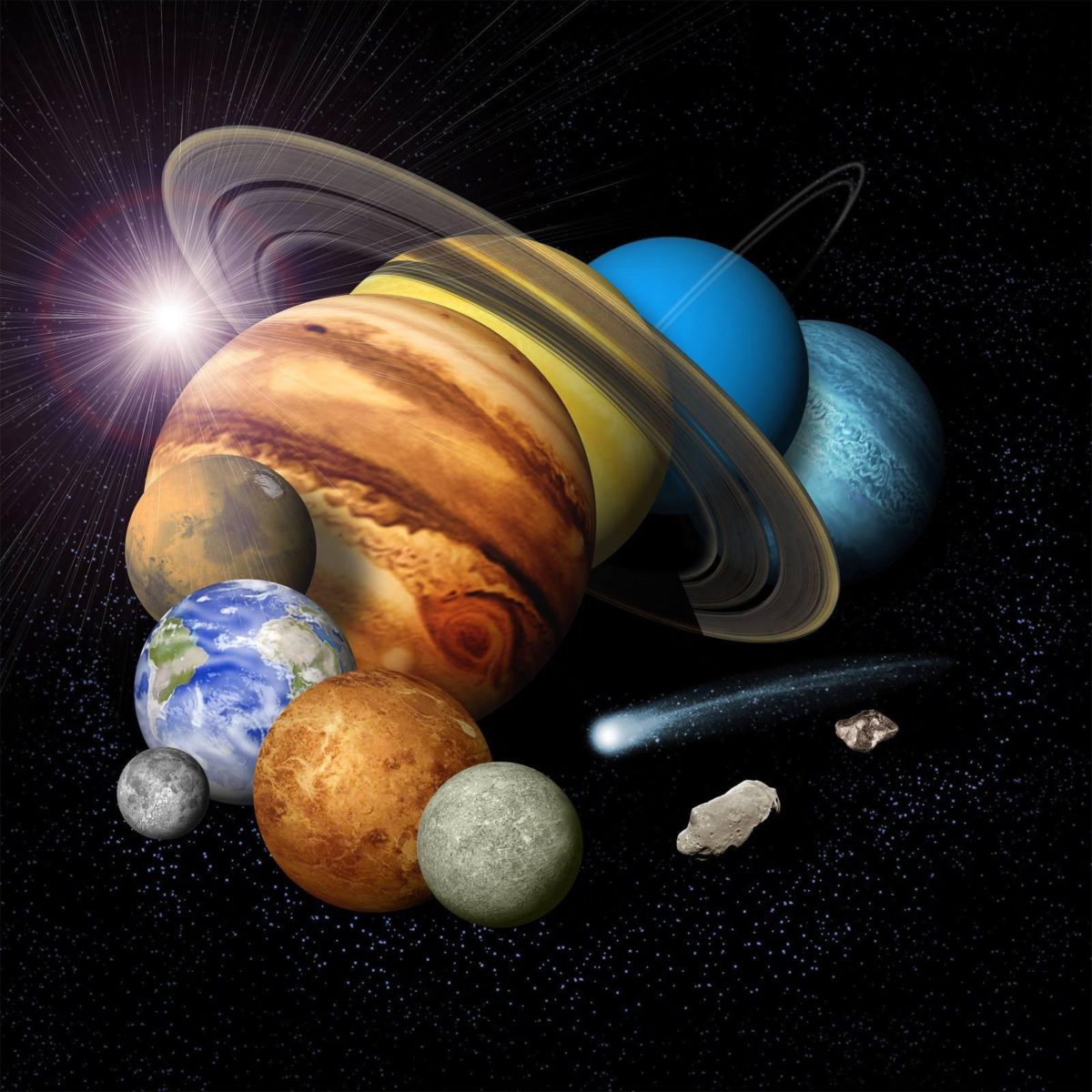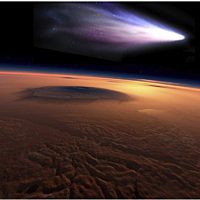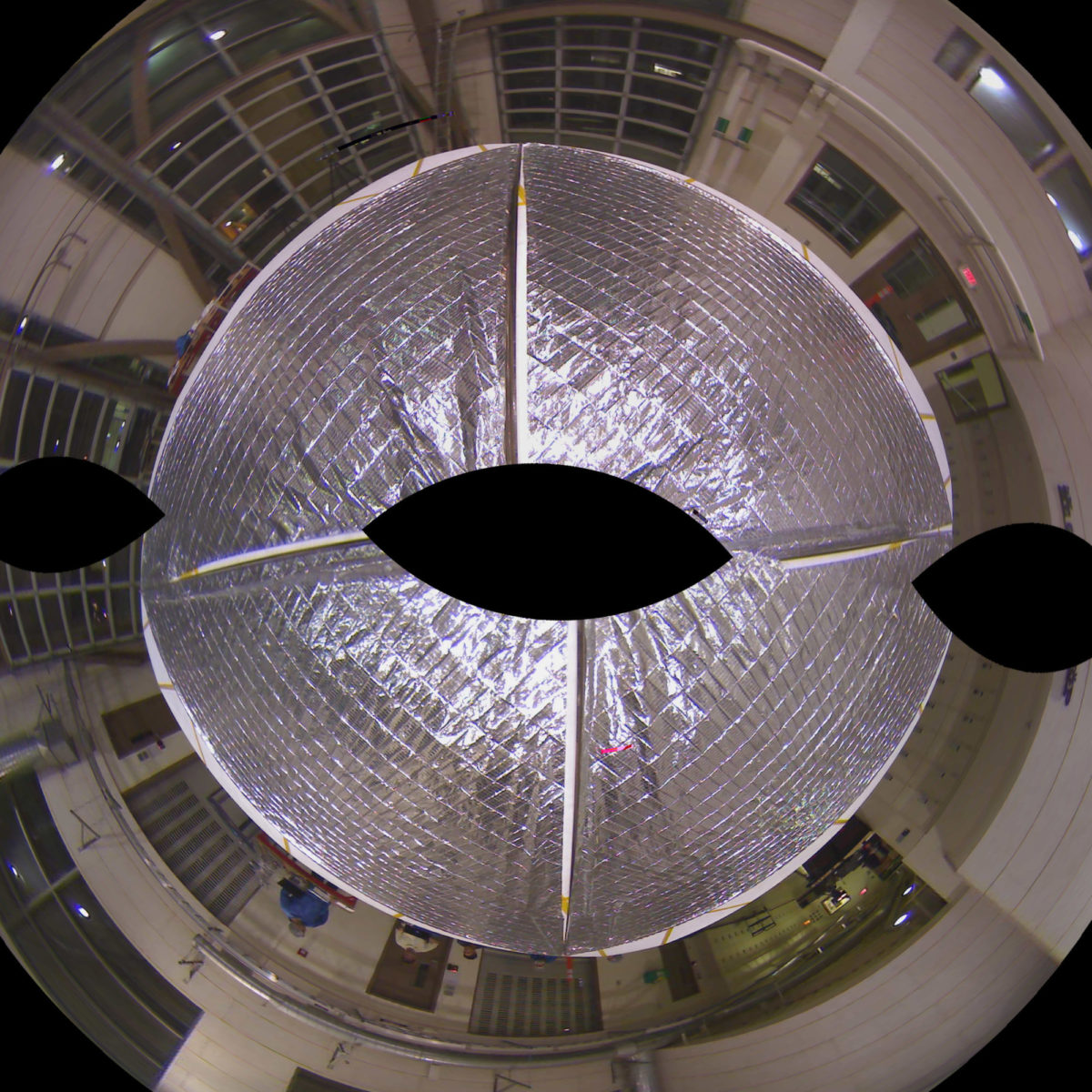All
All
Stories, updates, insights, and original analysis from The Planetary Society.
LightSail Vibration Test Shakes Loose New Problems
LightSail's random vibration test, meant to simulate the stress of an Atlas V rocket launch, shook loose new problems that the team will have to address.
A (Difficult) Day in the Solar System
After a bad day on the launch pad, some perspective.
New Planetary Deep Drill Project
The Planetary Society has a futuristic new project: the Planetary Deep Drill with Honeybee Robotics to develop a prototype of a drill that could allow drilling hundreds of meters to even kilometers through planetary ices.
Chang'e 5 T1 rounds the lunar farside, returns lovely photo of Earth and the Moon together
The Chang'e 5 test vehicle's short mission is more than half over. It has rounded the far side of the Moon and is on its way back to Earth for a planned October 31 test of lunar sample return technology. It's not a science mission -- it's an engineering mission -- but it has managed to return an absolutely iconic photo of its distant home, seen across the very unfamiliar far side of the Moon.
When Nixon Stopped Human Exploration
Society Board Member John Logsdon describes how the decisions made by Richard Nixon in late 1969 and early 1970 effectively ended human exploration beyond Earth orbit for the indefinite future.
[Update 2] Antares Rocket Explodes Seconds after Liftoff
An Antares rocket fell back to the launch pad shortly after liftoff, exploding in a fireball that destroyed the vehicle.
A feast of comet features from Rosetta at Churyumov-Gerasimenko
I have been horribly behind in posting images from Rosetta's exploration of comet 67P/Churyumov-Gerasimenko, and that's a shame, because the spacecraft has lately been exploring the comet from a range of only 10 kilometers. From that range, the NavCam gets sub-meter resolution, and we're seeing a menagerie of odd surface features
Rosetta NAVCAM's Shades of Grey
What do “light” and “dark” mean for an object like Comet 67P/C-G? Here are some details on how Rosetta's NAVCAM images are taken and displayed to make a wide range of surface features possible.
Surveyor Digitization Project Will Bring Thousands of Unseen Lunar Images to Light
A team of scientists at the University of Arizona plan to digitize 87,000 vintage images from the surface of the moon, of which less than two percent have ever been seen.
UPDATED: China successfully launched test mission for Chang'e 5 program today
China launched to the Moon today! The spacecraft will have a brief, 8-day mission, out to the Moon and back. It is an engineering test for the technology that the future Chang'e 5 sample return mission will need to return its precious samples to Earth.
GSA 2014: The puzzle of Gale crater's basaltic sedimentary rocks
At the Geological Society of America conference this week, Curiosity scientists dug into the geology of Gale crater and shared puzzling results about the nature of the rocks that the rover has found there.
Herschel observations of Comet Siding Spring initiated by an amateur astronomer
The European satellite Herschel acquired images of Comet Siding Spring before its death in 2013 — thanks to an observing proposal from an amateur astronomer!
Status update: All Mars missions fine after Siding Spring flyby
All seven Mars spacecraft are doing perfectly fine after comet Siding Spring's close encounter with Mars.
Collaboration Between OSIRIS-REx and Hayabusa2
The University of Arizona (UA) hosted representatives of the Hayabusa2 asteroid sample return mission to explore opportunities for collaboration with the OSIRIS-REx team.
When Good Rockets Go Bad: Orion's Launch Abort System
One of the tricky parts of launching humans into space is deciding what to do if something goes wrong. And that's where Orion's Launch Abort System comes in.
Curiosity update, sols 764-781: Work complete at Confidence Hills; puzzling arm issues
Curiosity spent a total of four weeks at Confidence Hills, feeding samples to SAM and CheMin several times. On two weekends during this period, the rover's activities were interrupted by faults with the robotic arm. Curiosity drove away from Confidence Hills on sol 780, and is ready to observe comet Siding Spring over the weekend.
Watching Siding Spring's encounter with Mars
The nucleus of comet Siding Spring passes close by Mars on Sunday, October 19, at 18:27 UTC. Here are links to webcasts and websites that should have updates throughout the encounter.
Finally! New Horizons has a second target
What a huge relief: there is finally a place for New Horizons to visit beyond Pluto. A team of researchers led by John Spencer has discovered three possible targets, all in the Cold Classical part of the Kuiper belt. One is particularly easy to reach. New Horizons would fly past the 30-45-kilometer object in January 2019.
Field Report from Mars: Sol 3808 — October 10, 2014
Opportunity will become a comet flyby mission beginning in mid-October. The comet Siding Spring will zoom past Mars at a distance of about 135,000 km on October 19.
As Deadlines Loom, LightSail Bends but Doesn't Break
The Planetary Society's LightSail 1 spacecraft is close to completing a final series of tests that pave the way for a possible 2015 test flight. But as deadlines loom, a new problem has sent the team scrambling to make a quick repair.


 Explore Worlds
Explore Worlds Find Life
Find Life Defend Earth
Defend Earth


 Sun
Sun Mercury
Mercury Venus
Venus Earth
Earth Mars
Mars Jupiter
Jupiter Saturn
Saturn Uranus
Uranus Neptune
Neptune Small Bodies
Small Bodies


















